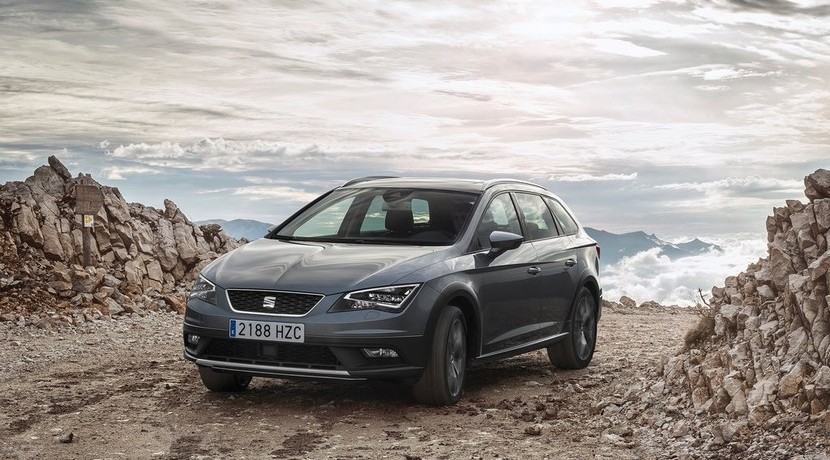Front-wheel drive with Vs 4 × 4 winter tires with conventional wheels? (video)

However, the new winter tires are achieving that a normal tourism with front-wheel drive can face situations with even more guarantees than an identical vehicle with integral traction and summer wheels. Of course, let's not talk about a front tire with summer tires anymore.
The main advantage of the 4 × 4 traction - compared to a 4 × 2 - is the motricity , the lateral grip difference is minimal unless the driver has a lot of expertise. In braking, as you imagine, the grip is identical. Therefore, it is easy to be aware that in snow with winter tires we have secured a shorter braking distance and a greater lateral grip. And what about the acceleration when the coefficient of adhesion is so low ?
In the previous video you saw several tests on snow comparing a BMW X1 with front-wheel drive and winter tires, and another car identical only with four-wheel drive and summer tires . Already in the first test, where a 0 - 50 - 0 km/h is made, the difference is abysmal, even from the first meters.
Later continue making other interesting tests like a braking from 50 km/h until it stops completely, ascent of slope, braking downhill, avoiding obstacle or going through a circuit on snow looking for the best time. The differences in all of them were huge, leaving always favored the front-wheel drive vehicle with winter tires .
It is true that the four-wheel drive vehicle had some tires for very sporty asphalt, a Goodyear Eagle F1 Asymmetric 3, which are very good at dry and at optimum temperatures, but penalize a lot in rain or cold. The winter tires were a Goodyear Ultragrip Performance Gen-1. Despite this, the difference has been very big.
Obviously, for areas where snow, ice and cold are common, a traction car is most advisable Integral with good winter tires. But in view of the above, it has become clear that any tourism will behave much better in the snow with front-wheel drive and winter tires, than with four-wheel drive and summer wheels.
Source - Tire Reviews
You may be interested


